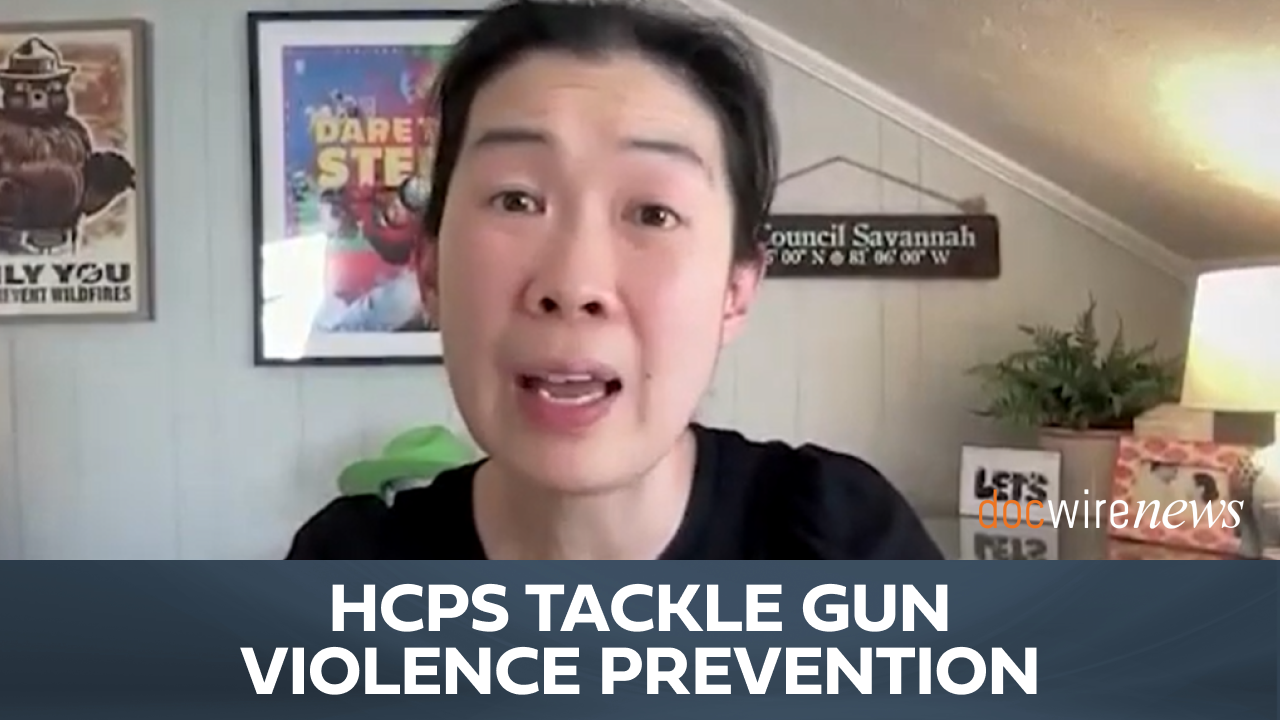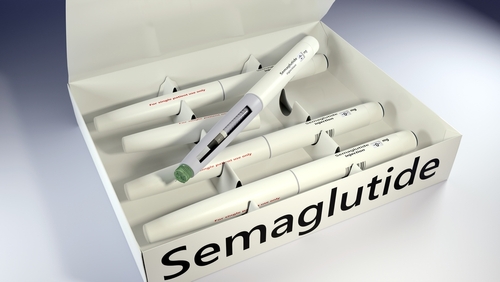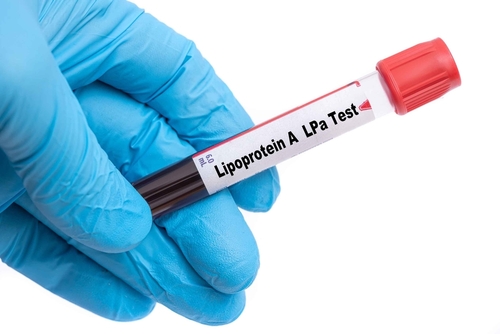
Worry over societal discrimination results in poorer health for adolescents, according to a prospective cohort survey published in JAMA Pediatrics.
Researchers collected data from 11th-grade students between Jan. 2 and Sept. 28, 2016, and conducted a follow-up from Jan. 1 to Aug. 10, 2017, when participants were in 12th grade. A total of 2,572 students were surveyed.
The students rated their concern, worry, and stress about “increasing hostility and discrimination of people because of their race, ethnicity, sexual orientation/identity, immigrant status, religion, or disability status in society” as 0 for “not at all,” 1 for “slightly,” 2 for “somewhat,” 3 for “very,” or 4 for “extremely.”
Happy to share my JAMA editorial on Structuring Research to Address Discrimination as a Factor in Child and Adolescent Health. I think it's time pediatric researchers consider examining discrimination and it's impact on kids! https://t.co/c1aHnfrHnN
— Nia Heard-Garris, MD, MSc (she/they) (@DrHeardGarris) August 20, 2018
For the initial survey (baseline), 41.5% of students said they were extremely concerned about increasing societal discrimination (n = 1,047); at follow-up, 44.6% (n = 1,028) felt this way. Participants also reported they were extremely worried (baseline, 29.7% [n = 743]; follow-up, 34.7% [n = 795]) and stressed (baseline, 13.9% [n = 345]; follow-up, 15.5% [n = 353]).
Kids stressed out over societal discrimination show increased behavioral problems https://t.co/X76EtNN8Bn #kids #stress #discrimination #behavioralproblems #communication #adhd #depression #teens #society #adolescents #social #health
— Mayfield Medical Svs (@mayfieldmed) August 21, 2018
Respondents with elevated levels of concern, worry, and stress were more likely to report using cigarettes (incidence rate ratio [IRR], 1.77), marijuana (IRR, 1.13), alcohol (IRR, 1.11), and substances (including prescription painkillers, inhalants, ecstasy, or cocaine) (IRR, 1.07) in the past month. Those with increased worry were also more likely to exhibit symptoms of depression (odds ratio [OR], 1.11) and ADHD (OR, 1.12) in 2017.
Researchers stated their results “may warrant public health attention.”
“Although some of the associations were of small magnitude, even modest increases in the risk of adolescent behavioral health problems may pose important public health consequences given that increasing societal discrimination can be a nationwide (and to some degree international) phenomenon,” the authors said.
Source: JAMA Pediatrics







 © 2025 Mashup Media, LLC, a Formedics Property. All Rights Reserved.
© 2025 Mashup Media, LLC, a Formedics Property. All Rights Reserved.